Among the most interesting states to visit on the African continent, Ethiopia is one of those still little known by mass tourism, which makes it the ideal destination for those who want to immerse themselves in the unspoiled nature of Africa.
Check out these amazing hotel deals!
- Save up to 30% on your hotel in Hawaii!
- Last-minute holiday hotel deals
- Top hotel deals for a new year trip
- Visiting Paris? Find the Best Deals & Reviews at TripAdvisor.
- Save 30% on hotels in Ocean City, Maryland...a TripAdvisor Top 10 Summer Destination!
- Save up to 30% on your hotel on your Winter Vacation!
- Find top-rated hotels at the lowest prices on TripAdvisor. Check rates now!
- Save up to 30% on hotels for a romantic getaway!!
Ethiopia is characterized by a remarkable variety of landscapes: the country is crossed by mountains and plateaus divided by the Rift Valley which extends from south-west to north-east, around which steppes, lowlands, and semi-arid areas develop.
Having no outlets to the sea, however, Ethiopian resources are mainly linked to the natural environment of the valleys and savannahs, which have always been a destination and source of attraction for lovers of traveling and safaris.
In this article, we propose five, in particular, leaving you also some advice on the climate, the documents necessary for the trip, and much more.
Facts About Ethiopia
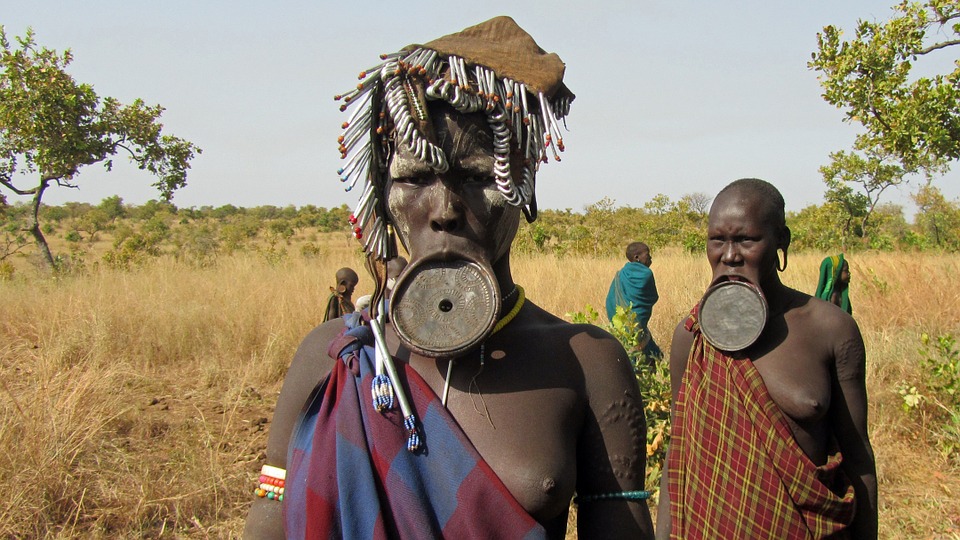
- Inhabitants: 105,350,000
- Capital: Addis Ababa
- Languages: Amharic (official language related to Hebrew and Arabic), English
- Local currency: Ethiopian Birr (€ 1.00 = 32.29 ETB)
- Climate: The predominant type of climate is the tropical monsoon, with frequent rainfall mostly occurring between mid-June and mid-September.
Being a country rich in plateaus, however, the average temperatures are cooler than those that can be found in the neighboring states (Average Temperature in Addis Ababa is between 25 ° during the day and 5 ° at night).
- Vaccinations: No vaccinations required (Yellow fever vaccination is only required for travelers from specific African countries).
- Entry requirements: Passport, return ticket. Electronic visa.
- Travel/health insurance: recommended.
When to go to Ethiopia?
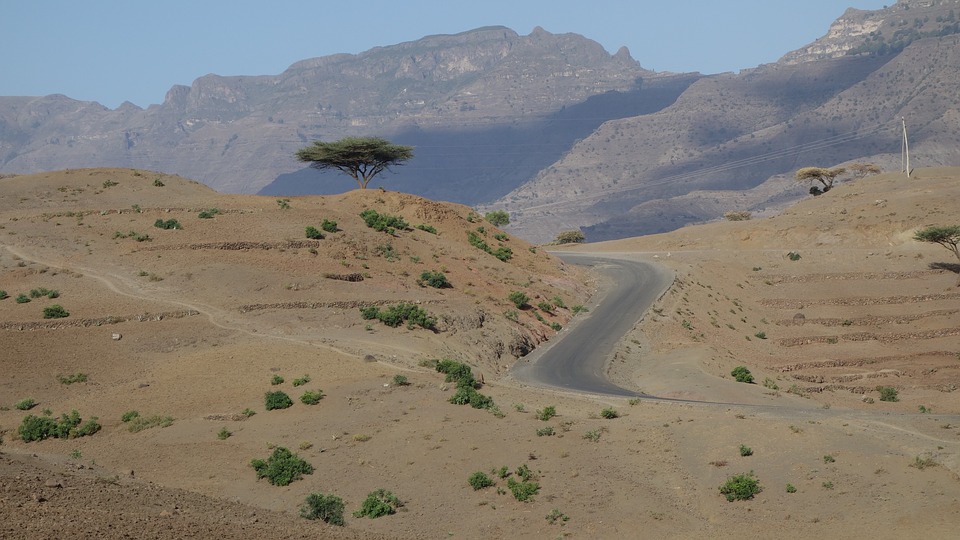
The climate varies greatly depending on the altitude at which you are and the type of natural environment: in fact, you can easily pass from the cooler and more ventilated climates at high altitudes to the arid areas of the lower plains.
At the same time, however, excessive climatic changes never occur during the year, as the average temperatures remain constant regardless of the season in question.
Climate
The Ethiopian climate can be differentiated into three main groups: that of the plateau, that of the arid areas, and, finally, that of the Danakil depression. If the climate of the plateau is generally mild and rainy between June and September (average temperatures vary between 25 ° maximum and 10 ° minimum), that of the arid areas is torrid with irregular rainfall and average temperatures varying between 20 ° and 38 °.
The only area that has a desert climate all year round is that of the Danakil depression, considered one of the hottest places in the world! (Some peaks even exceeded 42 ° C.) Keep in mind that in some periods of the year, especially between May / June and October / December, the phenomenon of cyclones (coming from the Arabian Sea) which affects the south part can occur. the eastern part of the country with heavy rains.
Best Period
You can visit the from November to February, which is the coolest and driest period almost everywhere Period to avoid: from May to August, due to possible high-altitude storms and the hot climate in many areas of the country (safaris in this period are not recommended, due to the very hot days that can occur).
Ethiopia: Historic Route
This type of safari is especially suitable for visitors who wish to retrace the historical roads of the country, mostly crossing architectural and cultural sites including the Debre Libanos monastery and the Debre Birhan Sellasie church, but also natural beauties such as the spectacular Blue Nile Falls.
During the safari, it will also be possible to visit or stay in some traditional village and attend the famous coffee ceremony, a fundamental part of Ethiopian culture.
If what you are looking for is a historical experience (during the movements there may be sightings of animals, even if this is not the primary purpose of the trip), which is still quite adventurous and unusual, this is the choice. best for you.
Best Time to Go
When it comes to the perfect time to go to this place, no worries as you can go here all year round. However, many tourists prefer to go between November and February. One week is the most recommended duration for you to stay in the area.
Average Price
The price starts from € 950.00 per person.
Culture and Wildlife
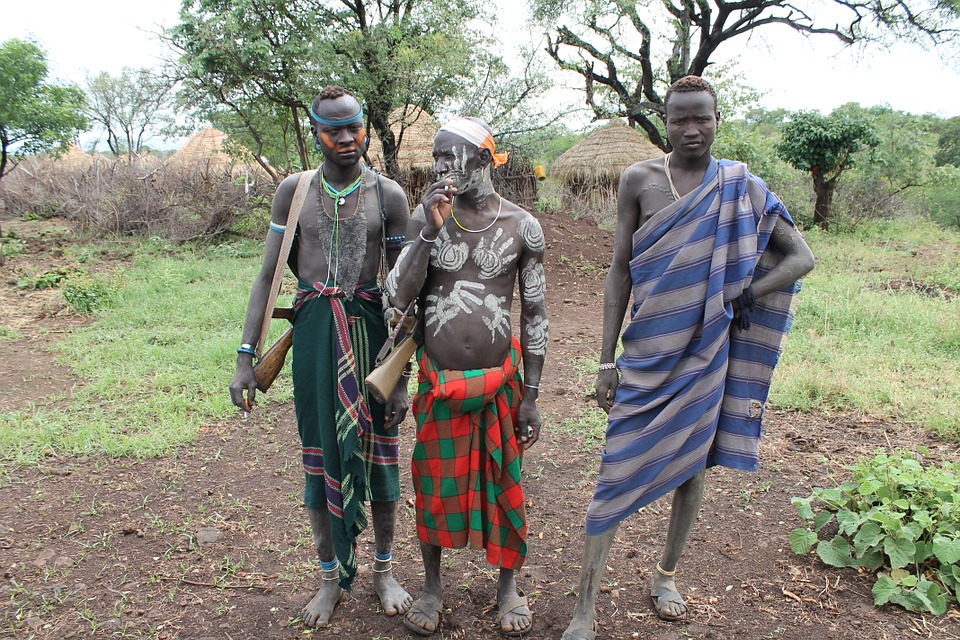
Ethiopia is a country rich in attractions, both cultural and natural, and with this safari you can explore its different aspects up close by coming into close contact with the following:
- Locals
- Archaeological sites
- Traditional villages
- Colorful markets
- Ceremonies with songs
- Folk dances
- Ethnographic museums
- Plains
During the journey, the movements will take place by jeep or 4×4, while the type of accommodation will change from time to time depending on the destination: tented camps, eco-lodges, hostels, hotels/motels.
Konso Village
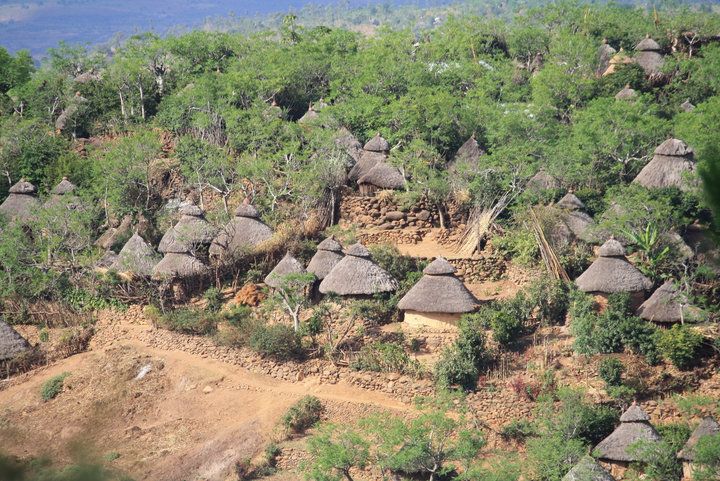
One of the central stops of this safari, by far one of the most popular with visitors looking for curiosities, is the stop inside the Mago National Park where you can do birdwatching, but also cross the Konso village.
Here, local women are it is customary to use round-shaped stones inside the lower lip, which is considered an expression of great beauty.
Best Time to Go
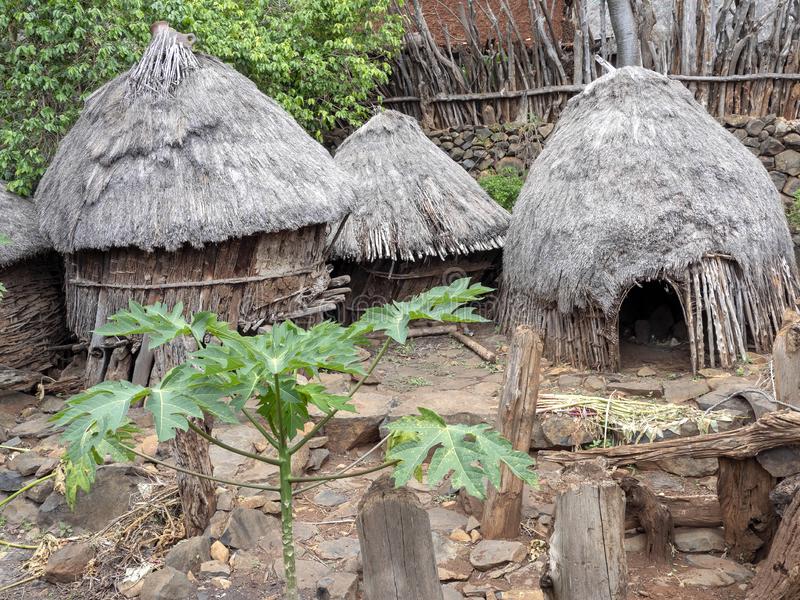
You can enjoy traveling here at any time of the year with a recommended duration of 13 days
Average Price
The pricing starts from € 1,770.00 per person.
Central and Southern Parks and Tribes
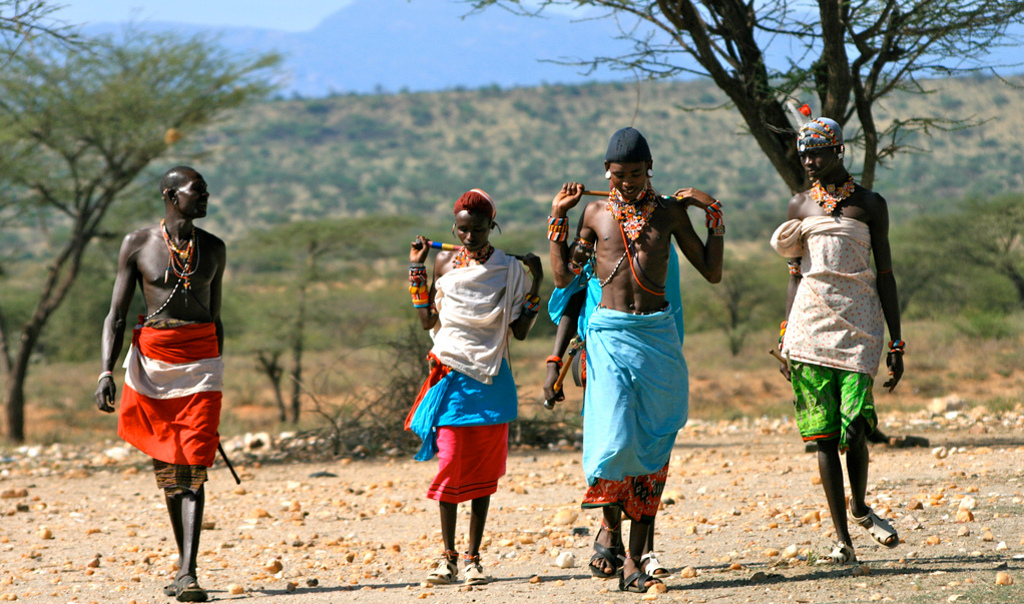
This type of safari is mainly concentrated in the area occupied by the large natural parks in the center and south of the country. Ethiopian nature and life inside the small villages are the focus of the trip between eucalyptus forests, lakes that are home to protected species of large and small birds, excursions at dawn, and sightings of zebras and gazelles, the adventure is guaranteed.
A stop at the traditional Konso village is a must with the King’s House, the terraces, the wooden statues, it has become part of the UNESCO World Heritage Sites!
Even the New York Village, however, is a particularly interesting destination: its name derives from a phenomenon of vertical erosion, which has created unnaturally high formations, compared to the skyscrapers of the Big Apple.
Finally, the strong point of this experience is certainly the trip to Lake Chamo. At some particular times, if you carefully scrutinize the surface of the water, it is easy to notice several examples of hippos and crocodiles intent on resting in the sun.
Best Period to Go
It is desirable to visit the place from November to January and stay there probably for a week time.
Average Price
The starting price is from € 800.00 per person
Specimens of the Culubus Monkey
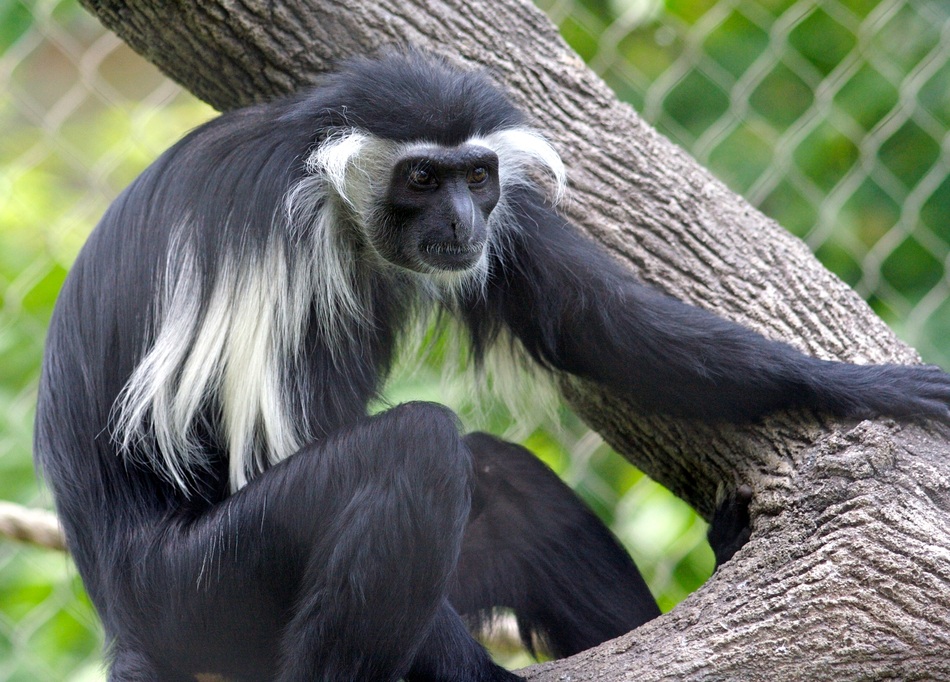
This is another type of safari suitable for exploring the culture and history of Ethiopia up close, with particular attention paid to the capital, Addis Ababa, and its main attractions such as the following:
- National and Ethnographic Museum
- Church di San Giorgio
- Open-air market
In addition to this, the safari will focus more on the country’s most famous sites, including major churches and palaces, as well as lakes, forests, and some of the best-preserved Ethiopian rock-cut churches.
However, it is the day at Langano’s Rift Valley Lake and the nearby Munessa forest that particularly attracts tourists: here it is possible to do bird-watching, long rides, or to approach sweet. So pay attention to your personal belongings, such as your camera and sunglasses!
Best Period to Go
You can travel here all year round, although the months between November and February are the best because of the desirable climate. You can stay comfortably in this place for 2 weeks as a tourist.
Average Price
The usual price starts from € 1,700.00 per person.
Omo Valley Routes
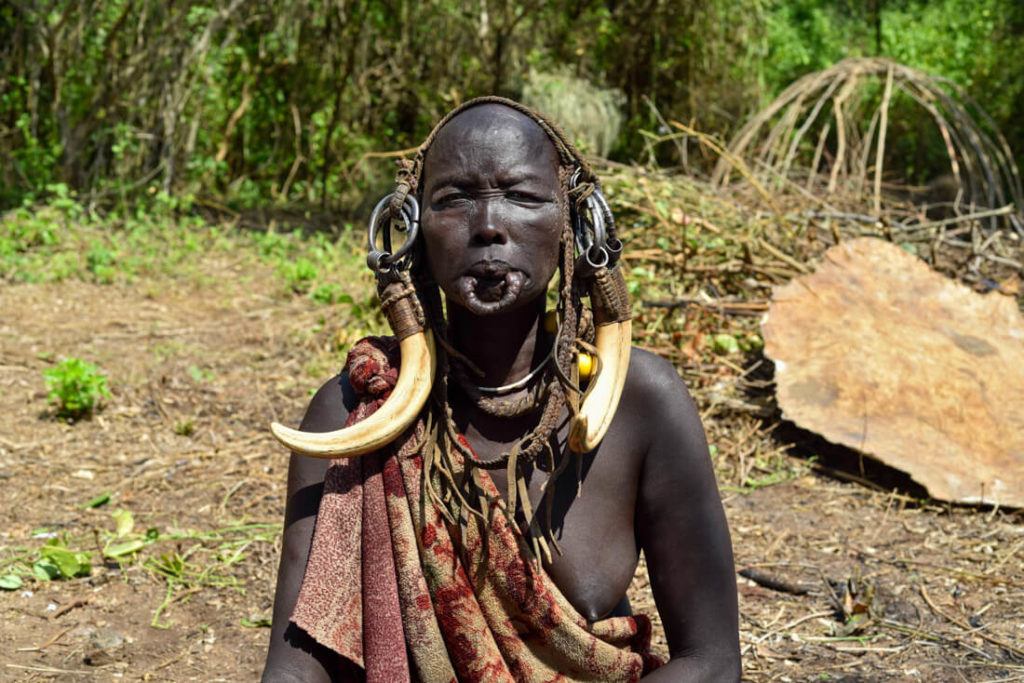
Lastly, we propose a safari that goes to retrace the Omo Valley and all the possible attractions that are in its surroundings. Among all the safaris proposed, it is perhaps one of the best to get in touch with the local populations and with the authentic lifestyle they lead.
Among the many places that are visited by tourists, you can go to the banana plantations to find out how the “bread” is made. is consumed in the area, and that in a village of the Hammer tribe to attend a wedding ceremony.
While traveling, it will be possible to spot some of the most famous examples of African fauna (make sure you always have binoculars and a camera at hand. While on the shores of Lake Chamo you might come across the longest crocodile in the whole continent about 6 meters long.
As this is quite an adventurous safari, don’t get caught unprepared by packing everything you need.
Best Time to Go
You can visit this area and enjoy your stay all year round, although the months between November and February are especially recommended. On the side note, the most recommended duration of staying here is for up to 2 weeks,
Average Price
The price starts from € 950.00 per person.
What to wear and what to pack?
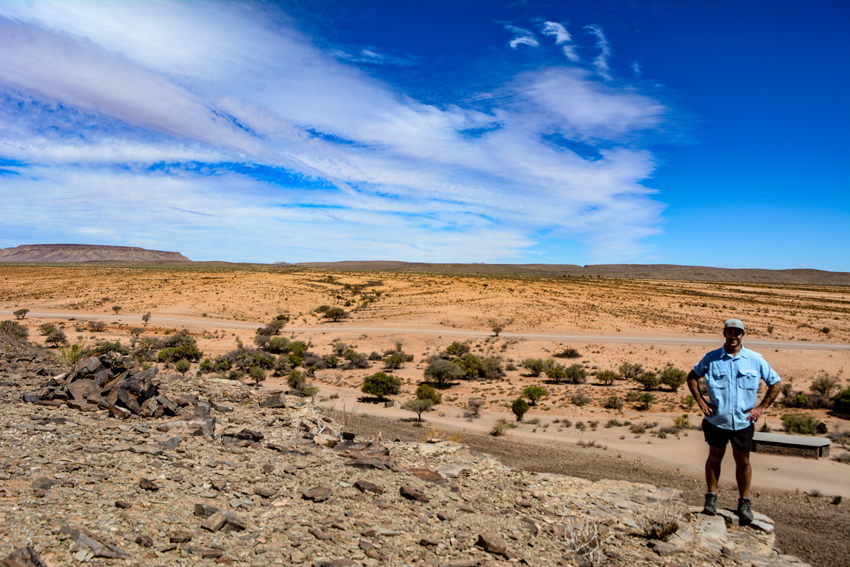
Packing a suitcase for a trip to Ethiopia is easier than you might think. The most important thing is to make sure you bring all the necessary documents (passport, visa, etc.), but also clothes suitable for the different climatic conditions that you may encounter.
That’s why the best choice is to pack both light clothes, suitable for daytime temperatures, and some heavier garments, suitable for the cool of the evening or possible rainy days. If your safari will take place during the summer, bring shorts and light t-shirts, a hat to protect you from the harmful rays of the sun, insect repellent, comfortable hiking shoes, boots, plus a few shirts for the evening.
If, on the other hand, you are planning your trip during the other cooler periods of the year or you intend to go to the highlands, also bring some thermal garments, woolen hats, jackets, gloves and scarves, waterproof footwear to be ready for any eventuality.
Remember: Don’t Forget Your Camera At Home
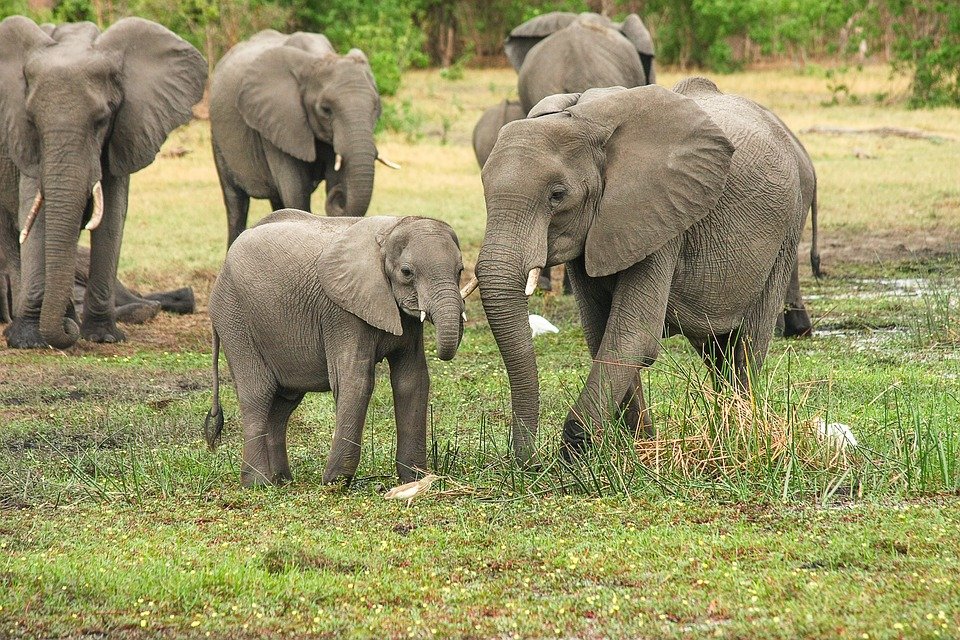
The landscapes you will see will be truly spectacular and it would be a real shame not to go home with some shots to show to your friends, even to some envious colleagues.
Useful Accessories
- Medicine
- Flashlight
- Camera
- Binoculars
- Hat
- Sunglasses
- Insect repellent
Travel Insurance
We always rely on a reliable insurance company and must provide comprehensive coverage at absolutely competitive prices. They must also provide customer assistance, an active call center, and 24-hour medical insurance with unlimited telephone medical advice. They must know well that when you are abroad in emergencies, finding a consultant who is always ready to respond is the most important thing.
Check out these amazing hotel deals!
- Save up to 30% on your hotel in Hawaii!
- Last-minute holiday hotel deals
- Top hotel deals for a new year trip
- Visiting Paris? Find the Best Deals & Reviews at TripAdvisor.
- Save 30% on hotels in Ocean City, Maryland...a TripAdvisor Top 10 Summer Destination!
- Save up to 30% on your hotel on your Winter Vacation!
- Find top-rated hotels at the lowest prices on TripAdvisor. Check rates now!
- Save up to 30% on hotels for a romantic getaway!!
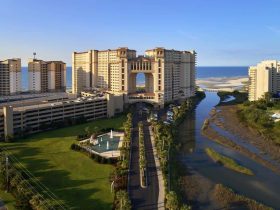




Find Us on Socials